Williamson Tunnels: how mysterious catacombs appeared near Liverpool
Categories: Celebrities | Design and Architecture | History
By Pictolic https://pictolic.com/article/williamson-tunnels-how-mysterious-catacombs-appeared-near-liverpool.htmlThey say that the rich have their own quirks. And sometimes they are so intricate that even after centuries it is difficult to find a logical explanation for them. The Williamson Tunnels, located under Liverpool in the UK, are an excellent example of such “creativity”. This is an extensive and intricate system of catacombs that have no practical significance, but cost its creator a fortune.
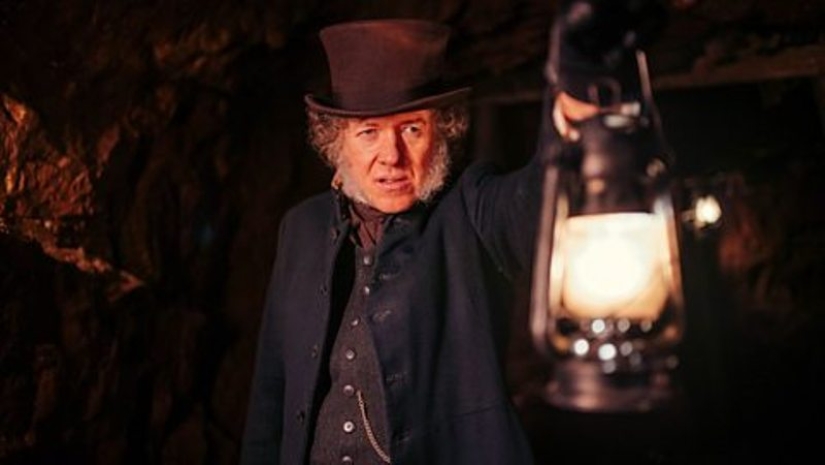
Joseph Williamson was born in 1769 in Yorkshire, in a small village near the city of Barnsley. His family was not rich - his father worked as a glass blower, and there was barely enough money to live on. In search of a better life, when Joseph was still a child, the family moved to Warrington. But even there the Williamsons lived very poorly.

At the age of 11, Joseph left home and settled in Liverpool. He wandered for some time, but then got a job at Richard Tate's tobacco factory. Smart and responsible, he quickly moved up the career ladder and soon began to earn good money. In 1778, the owner of the business, Richard Tait, died, leaving the factory to his son Thomas Moss Tait and daughter Elizabeth.
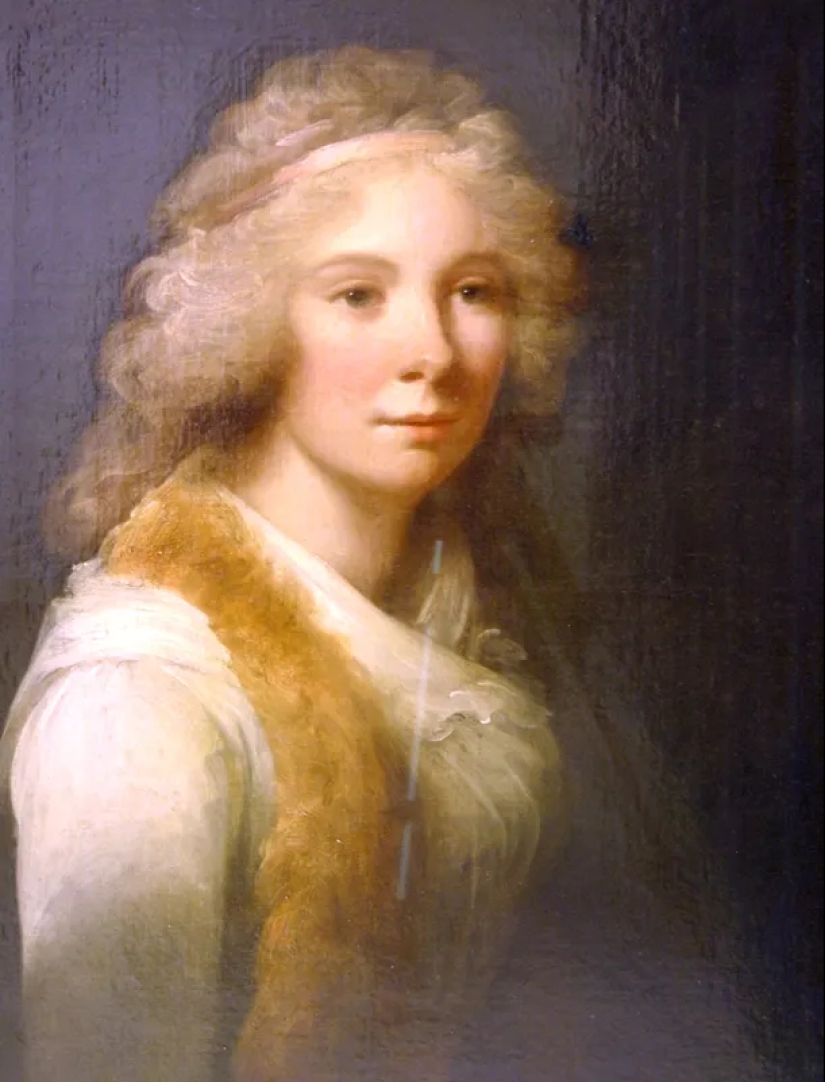
Williamson married Elizabeth Tate in 1802, becoming a member of a family of large manufacturers. Just a year later, he bought out his part of the business from Thomas and became the sole owner of the company. His undoubted talent allowed him to quickly develop a business that was close to decline and earn a huge fortune.

It must be said that Williamson was prone to extravagant acts. For example, on his wedding day, he went straight from church with his friends to go hunting. He also loved to host dinner parties where pearl barley porridge and biscuits were served. When most of the guests left indignantly, he re-set the table with exquisite dishes and treated the remaining ones, whom he called “true friends.”
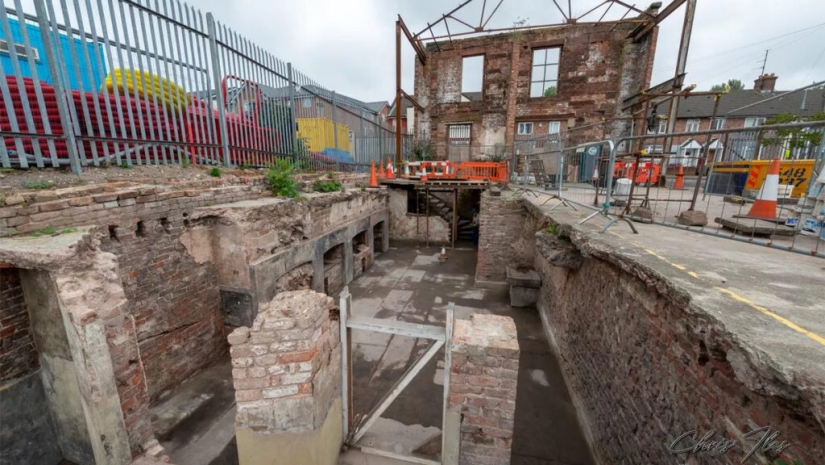
The rich man's appearance was also unusual. Williamson wore old, patched clothes. But under his cast-offs he always wore the most expensive underwear. But the industrialist's greatest oddity was his passion for unusual architecture. Joseph was especially fascinated by all sorts of secret rooms, tunnels and dungeons.
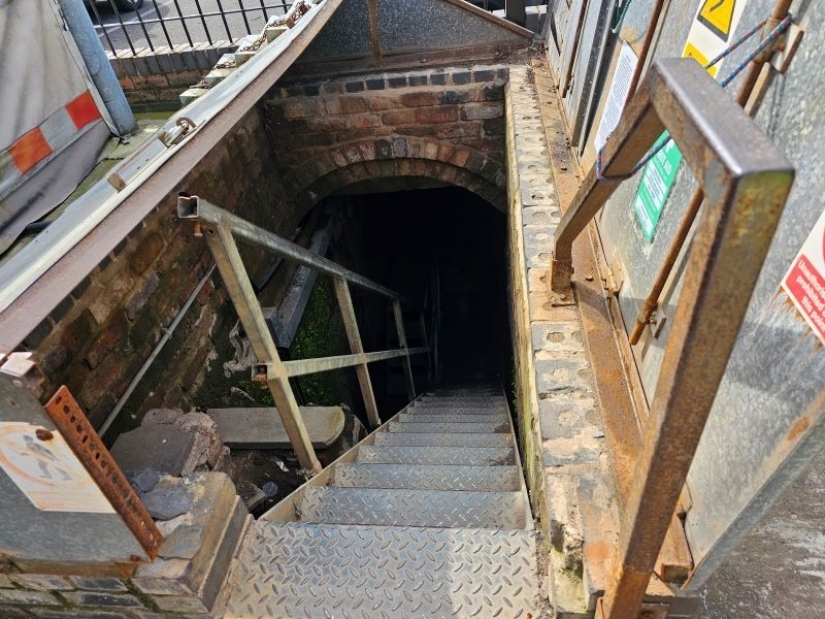
In Liverpool, the eccentric rich man was called "The Mad Mole", "The King of Edge Hill" and "The Mole of Edge Hill". For 30 years, Williamson dug tunnels under his large house on Mason Street in the Edge Hill area. As a result, the hill turned into something like an anthill - it was penetrated by miles of passages and underground halls. The scale was such that enthusiasts are still finding unexplored corners of this labyrinth.
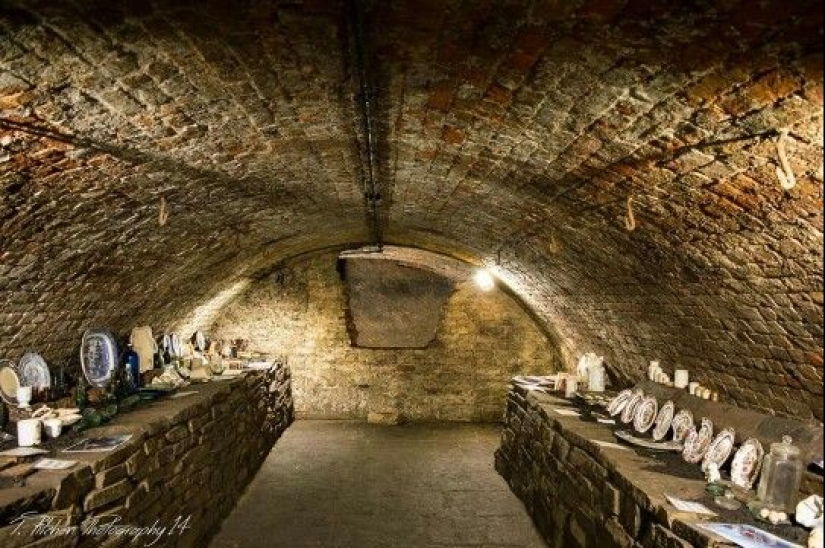
It all started in 1810. Forty-year-old Williamson decided to leave the tobacco business and began looking for a new market niche. Because he was attracted to construction, he bought a large plot of land on Edge Hill and began building houses. The plan was to rent them out to residents in order to receive reliable passive income. But Joseph got too carried away and the situation got out of control.
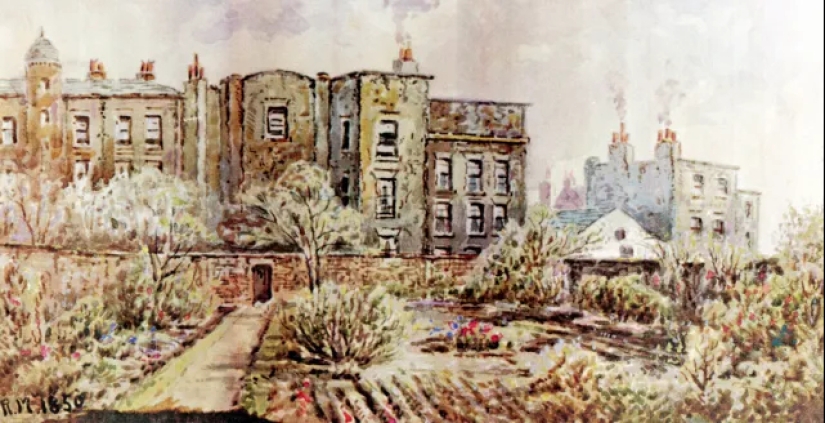
Having no special education, the industrialist imagined himself as an architect and began to manage the construction himself. Williamson built his houses without plans, on a whim. At the same time, the scope of the work was impressive - he hired large teams of workers and paid them generously.
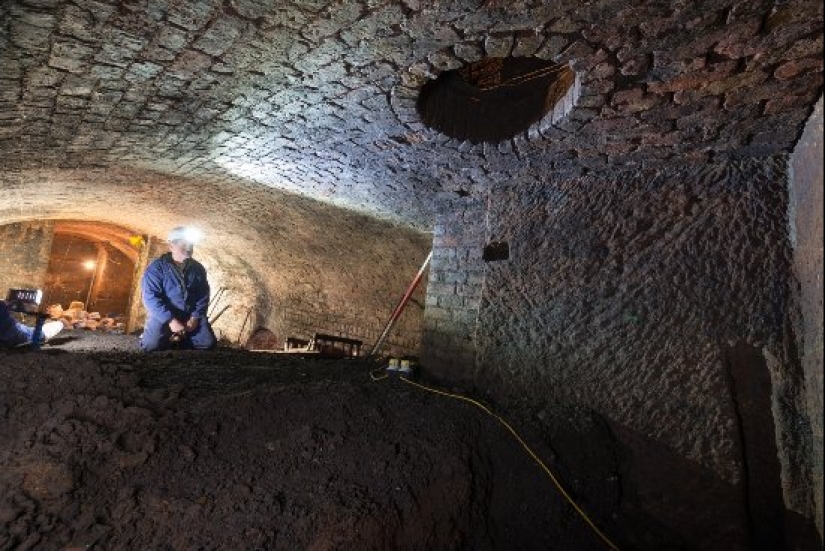
Williamson's houses were completely unsuitable for living. They had staircases leading to nowhere, irregularly shaped rooms, and windowless halls. In the courtyards there were bottomless holes leading to underground catacombs. Most of the buildings were empty, but the architect himself settled in one of his most bizarre buildings.
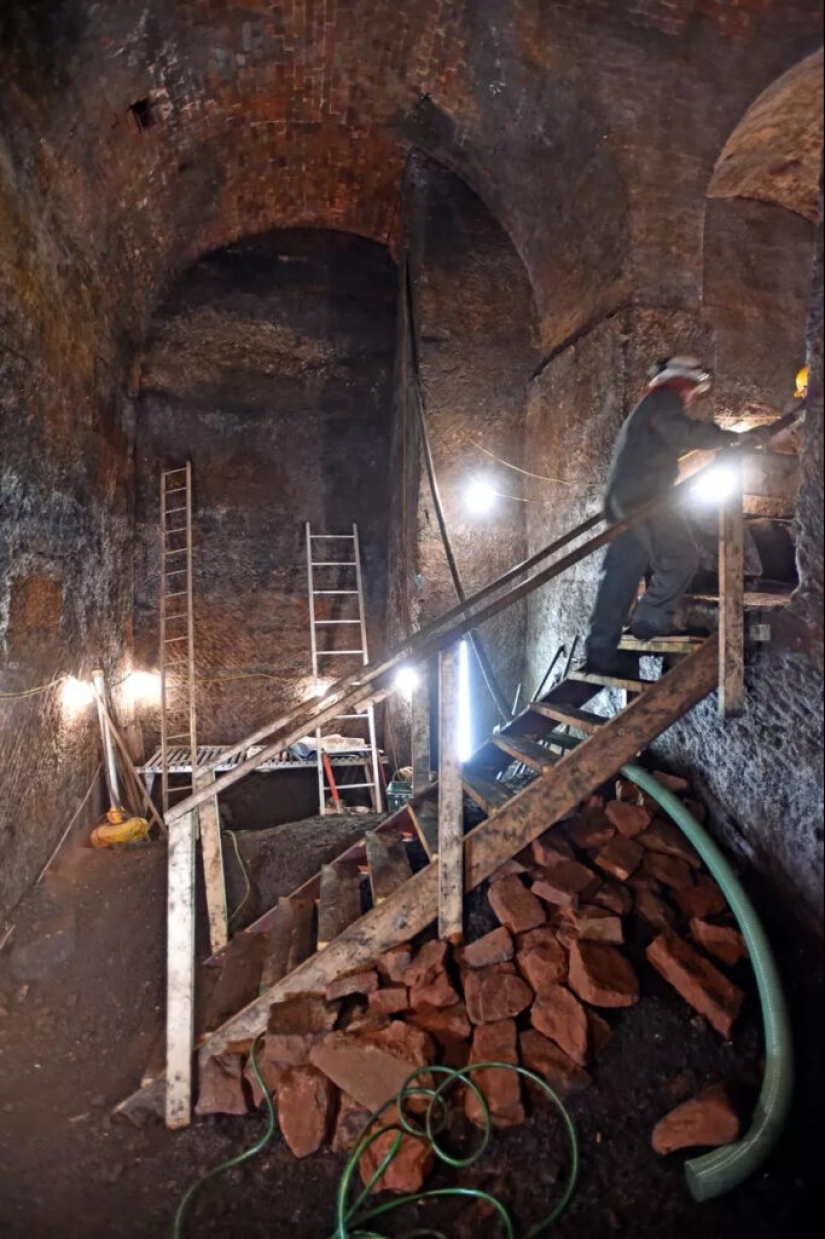
Williamson's few neighbors were people as extraordinary as himself. The philosopher James Martino rented one of his apartments. This man criticized Christianity, denied the atoning sacrifice of Christ and expressed many other ideas that were dangerous for that time.
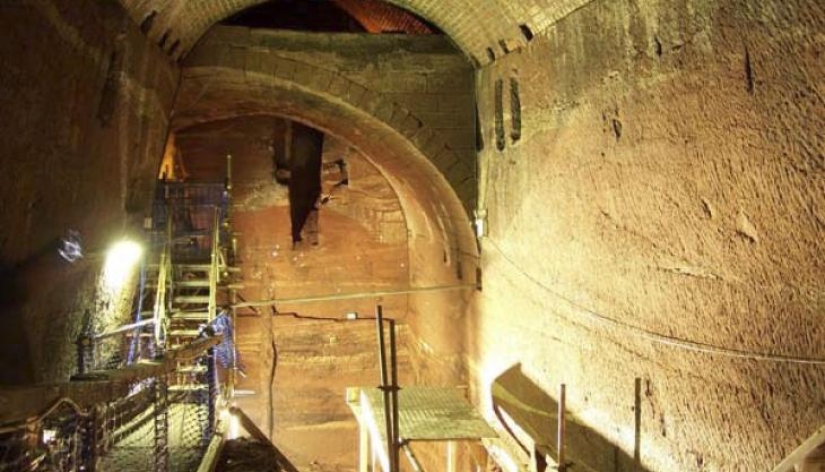
At first it was believed that underground workings supplied Williamson's construction sites with stone. But he did not stop, even when he built up the entire hill. Underground labyrinths became the goal of the Englishman’s life, and he began to be considered a madman. However, there were benefits from digging the hill. Hundreds of workers worked in the underground galleries of the rich eccentric. This was the time when the Napoleonic Wars ended and there were many former soldiers in England who needed work.
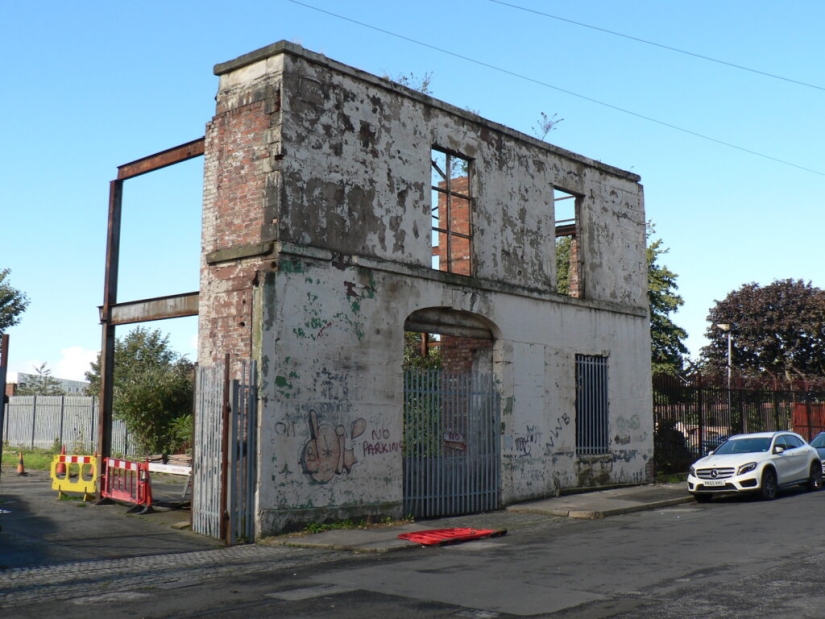
Joseph Williamson claimed that the purpose of his excavations was to provide work for veterans. According to him, simply giving away money would be humiliating for people and would encourage them to become parasitists. Many workers were doing completely useless things, for example, moving piles of stones from place to place.
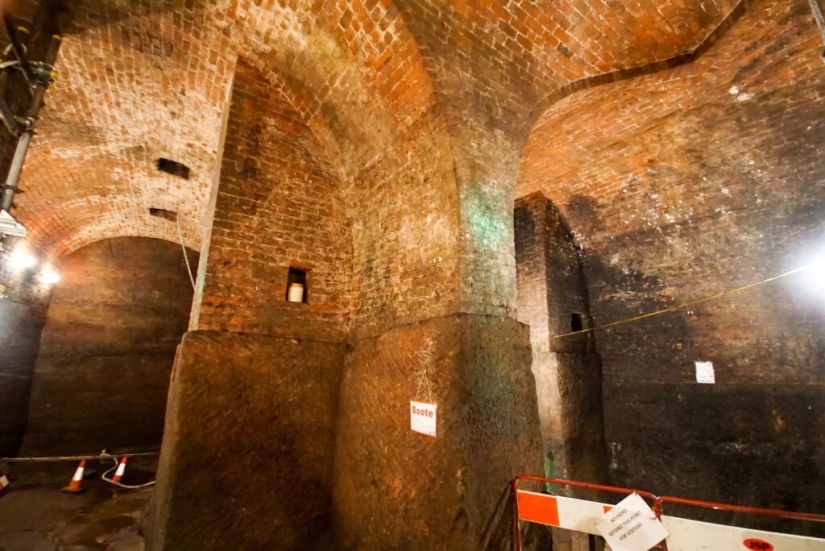
Over the course of 30 years, Williamson dug out many miles of intricate underground passages. The antiquarian and historian James Stonehouse, who visited Williamson's Tunnels in 1845, described them as "an incredible tangle of archways, deep pits and yawning chasms."
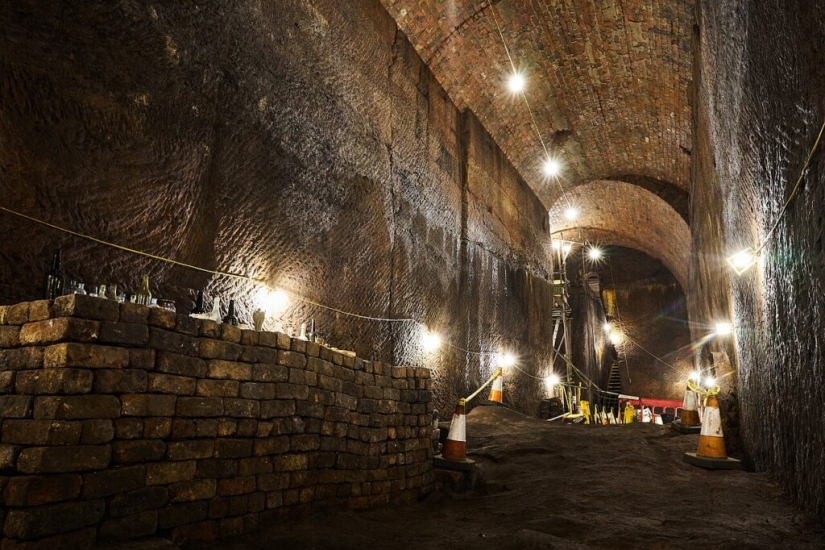
There were many unexplained things in the underground rooms. Every now and then there were graceful colonnades that supported nothing, ornate carvings on rough-hewn walls, and carefully polished floors in shapeless caves. The corridors of the labyrinth were interrupted by halls. The largest were the "Banquet Hall" - a chamber 18 meters long and 8 meters high, and "Paddington" with ceilings of 12 meters. The smallest rooms were more like closets and did not fit a person of average height.
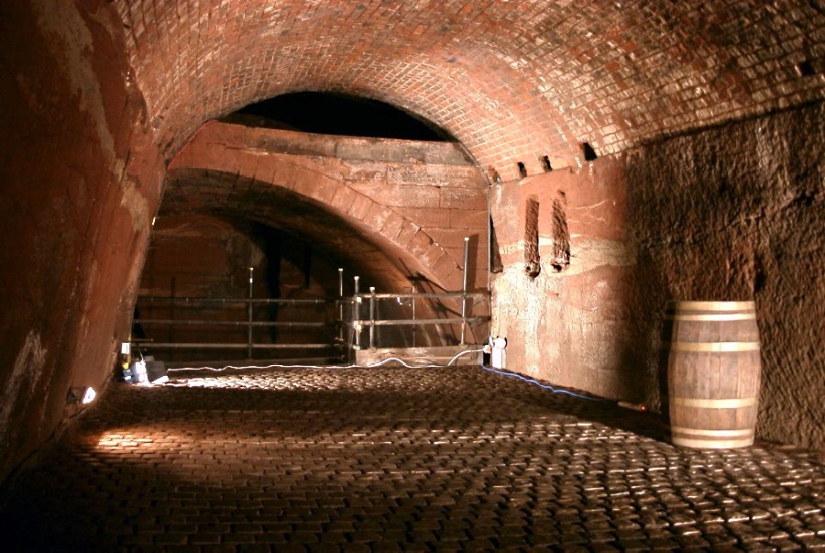
Joseph Williamson died in 1840 at the age of 71 and work stopped. It is worth saying that for many years the rich man naively tried to hide his activities, which were eventually known far beyond the borders of Liverpool. Descendants treated his works carelessly. The entrances to the tunnels were filled up, and some underground galleries were destroyed and flooded with water. Until the beginning of the 20th century, the Williamson Tunnels were forgotten.
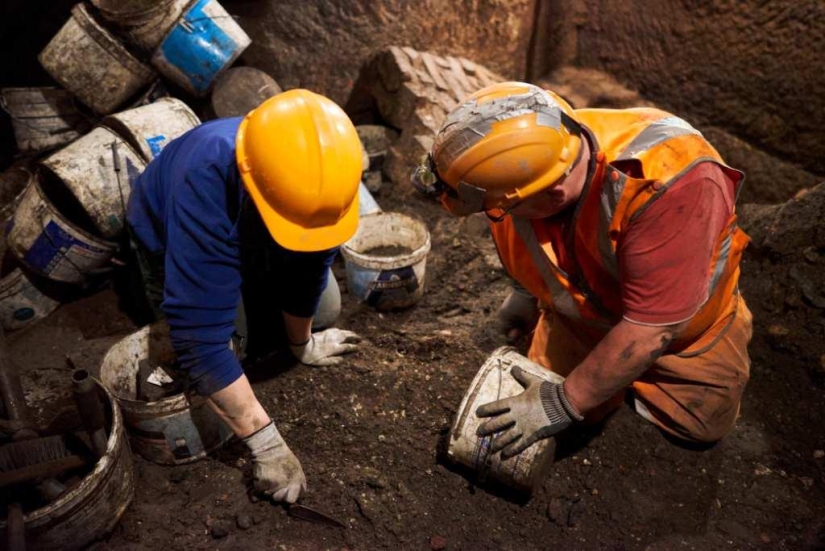
The first to explore the tunnels in the early years of the 20th century were soldiers of the 1st Lancashire Engineer Regiment, whose camp was located on Edge Hill. Out of boredom, the military excavated part of the tunnels and compiled several maps of the catacombs. Work on studying the legacy of the eccentric Williamson has not stopped to this day. The tunnels are gradually being excavated by enthusiasts and volunteers. There is even an organization called Friends of the Williamson Tunnels (FoWT) coordinating the excavation. She also arranges paid excursions for tourists.
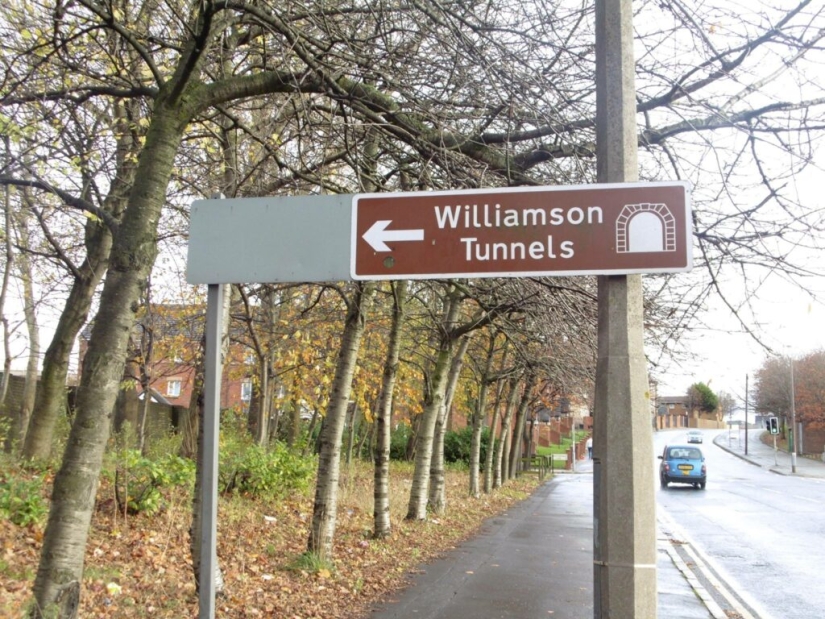
No less mysterious is the story of the American William Schmidt, who also had a passion for tunnels, but built them himself.
Recent articles

Photographer Michaela Norok from Bucharest has been traveling the world for three years in search of female beauty. You might think ...

We have compiled for you a list of things faced with the unstoppable power of time and survived. Their strange, unearthly beauty ...

In our view, a classic pirate is a stern man with a wooden leg, an eye patch, armed to the teeth and with a parrot on his shoulder. ...